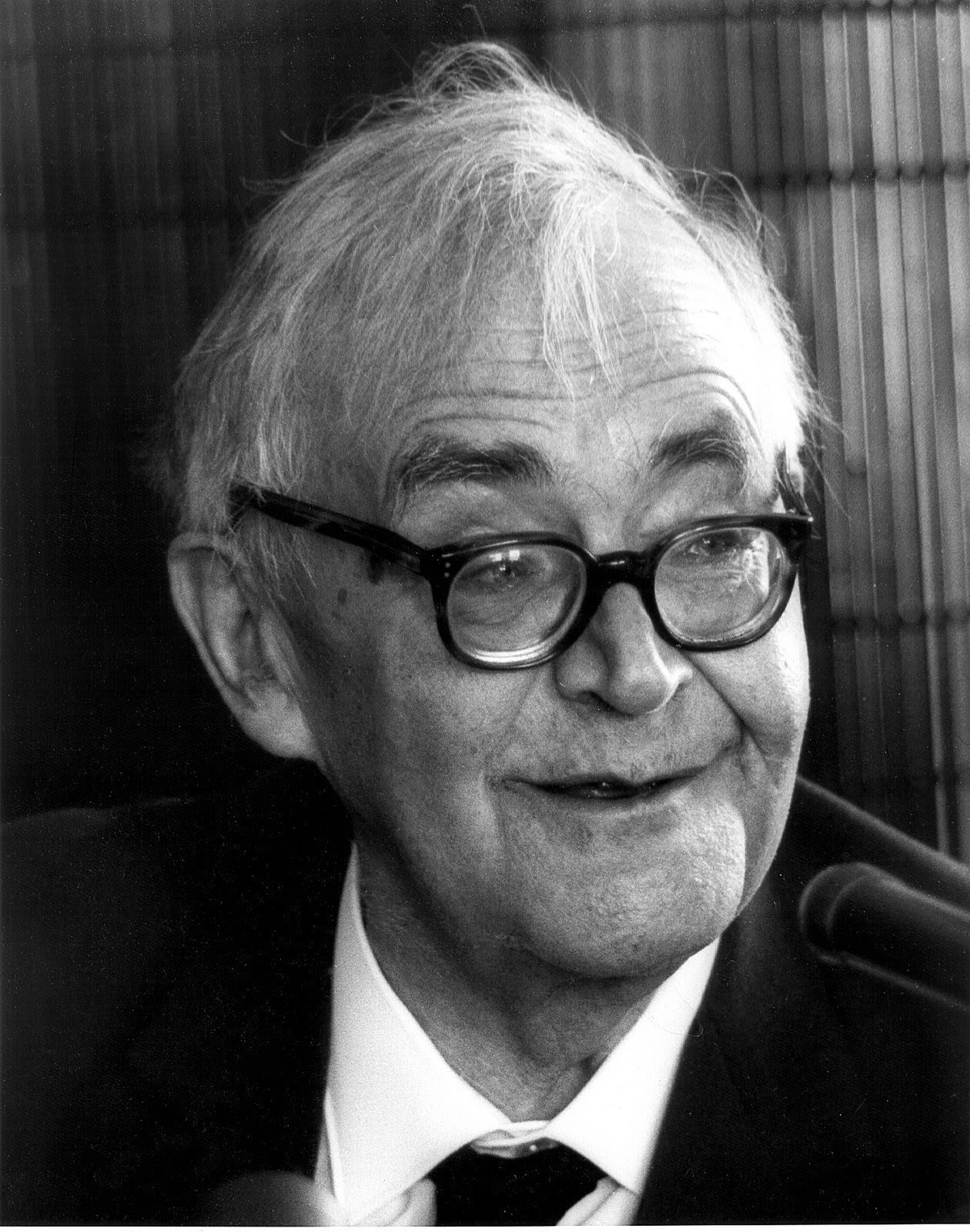 Karl Barth is difficult to explain, which explains why so many people dismiss Barth without reading what he wrote. Engaging With Barth requires reading his Church Dogmatics (CD), which I have been doing so at a good pace yet out of order. It's been difficult to procure an affordable copy of the fourteen volume series until recently. I read half of volume I.1 in PDF format, then found a very old copy of volumes II.1 & II.2 (The Doctrine of God) on an "Old & Interesting" book shelf at a local used book dealer. I purchased a reprint of the fourteen volume series last year, and now I am three-fifths through volume I.2. I've had a serpentine path that will straighten out once I complete this volume, which also happens to be the largest in the series. Reading the Church Dogmatics is a bit like the way I read through the first four volumes.
Karl Barth is difficult to explain, which explains why so many people dismiss Barth without reading what he wrote. Engaging With Barth requires reading his Church Dogmatics (CD), which I have been doing so at a good pace yet out of order. It's been difficult to procure an affordable copy of the fourteen volume series until recently. I read half of volume I.1 in PDF format, then found a very old copy of volumes II.1 & II.2 (The Doctrine of God) on an "Old & Interesting" book shelf at a local used book dealer. I purchased a reprint of the fourteen volume series last year, and now I am three-fifths through volume I.2. I've had a serpentine path that will straighten out once I complete this volume, which also happens to be the largest in the series. Reading the Church Dogmatics is a bit like the way I read through the first four volumes.
Reading the CD is a bit like the way I've wandered out of order through the volumes due to Barth's dialectical method. Barth has a way of engaging original sources (usually untranslated latin and greek texts quoted at great length of Calvin, Luther, Augustine, and many of the less famous 'Older Protestant Theologians" as Barth calls them.) Barth's method is what I love most about him. He has the ability to clench onto a single Greek word and draw more meaning from that word than believably possible. I'm not talking about speculation and allegory, but purely engaging with the text and uncovering bias.
Here's a link to the current volume that I'm now reading: CD I.2: The Doctrine of the Word of God.
Church Dogmatics I.2: The Doctrine of the Word of God
Introduction
Twenty-one years elapsed between when G.T. Thomson completed his translation of CD I.1 in English and the current volume of CD I.2 I'm engaging. Due to declining health, Harold Knight completed the final remainder of the translation along with his editors G.W. Bromiley and T. F. Torrance. CD I.2 is twice the length of CD I.1, and runs over 900 pages. The forewords to each CD volume adds enlightening detail, however with CD I.2, the foreword is omitted, and instead is placed a single page quote from Luther (W.A. 54, 470 and 474f f.). It's appropriate because Barth often speaks through the words of ancient theologians and the great reformers rather than using his own words, and the persuasive power in these quotations are mind changing to closed minds.
Part I of CD I.2 is included at the end of CD I.1, demonstrating how long this second installment is in the series, but its only long because it sets the pace for the entire dogmatics. Many are impressed that Barth never starts over and is consistent with his method throughout it all, even if its still unfinished after 9,000+ pages. So this volume opens with CD I.2, Chapter II, which consists in four parths, and I have two down and two to go:
CD I.2: Part II The Incarnation of the Word (Sections 13-15).
Of the three sections, 13) God's Freedom For Man, 14) The Time of Revelation and 15) The Mystery of Revelation, I'd say that 13.1-2, where the person of Jesus is established as the definitive revelation of God in name of Jesus was the most profound. Not even "Jesus Christ" or predicated "Christ Jesus" but in the name "Jesus" alone is the fullness of the Revelation of God, which which the Word of God is a witness to, and in the person of Jesus is the revelation of God made known.
Barth is Christocentric and winsome with it. He argues that there were many Christs (plural: i.e. kings and anointed ones) in the past Old Testament leading up to Jesus Christ (singular), and there are now many Christians (plural) that have come since Christ Jesus, but there is only one Christ (singular). This demonstrates that all are in the singular Christ alone, and that he is the unique revelation of God.
Here, Barth also describes the time of revelation with several long discourses on Mariology and Christological questions like the "Very God and Very Man." The debate surrounding anhypostatis and enhypostatis was helpful in explaining a very difficult part of Christology.
CD I.2: Part III The Outpouring of the Holy Spirit (Sections 16-18).
Related: anhypostasis, CD I/1, CD I/2, CD II/1, CD II/2, christ jesus, christology, Church Dogmatics, Church Dogmatics I/1, Church Dogmatics I/2, Church Dogmatics II/1, Church Dogmatics II/2, enhypostatis, Jesus, jesus christ, Karl Barth, mariology, Revelation, The Doctrine of the Word of God, Word of God



June 7th, 2022 - 18:09
I have a copy of t&t Clark 1975 edition 2 vol 1 the doctrine of the word of god part one which has sections 1-12 ending w god the holy spirit. i am having trouble figuring out which one to buy next as I noticed some are different.can anyone help me figure this out or tell me which edition set to buy from beginning to end?i see there are study editions etc.I’m confused and on a fixed income